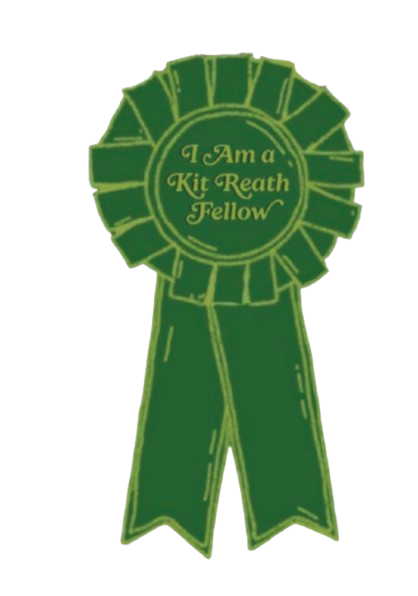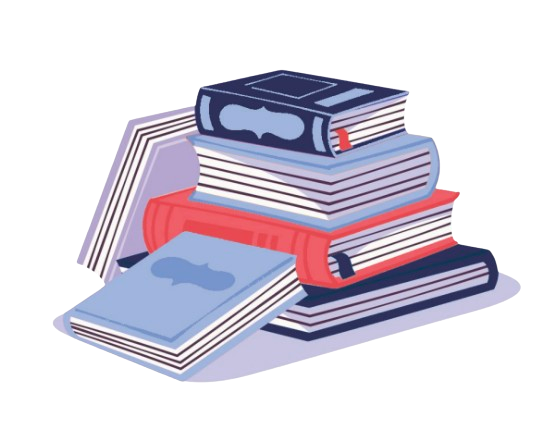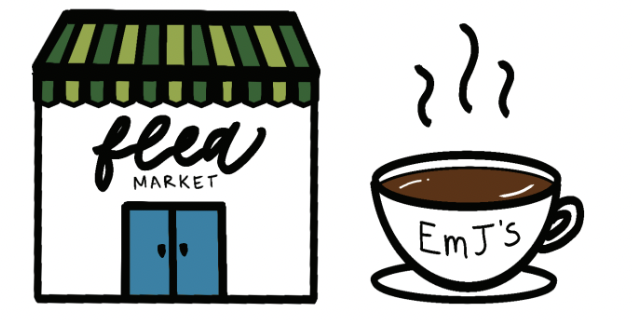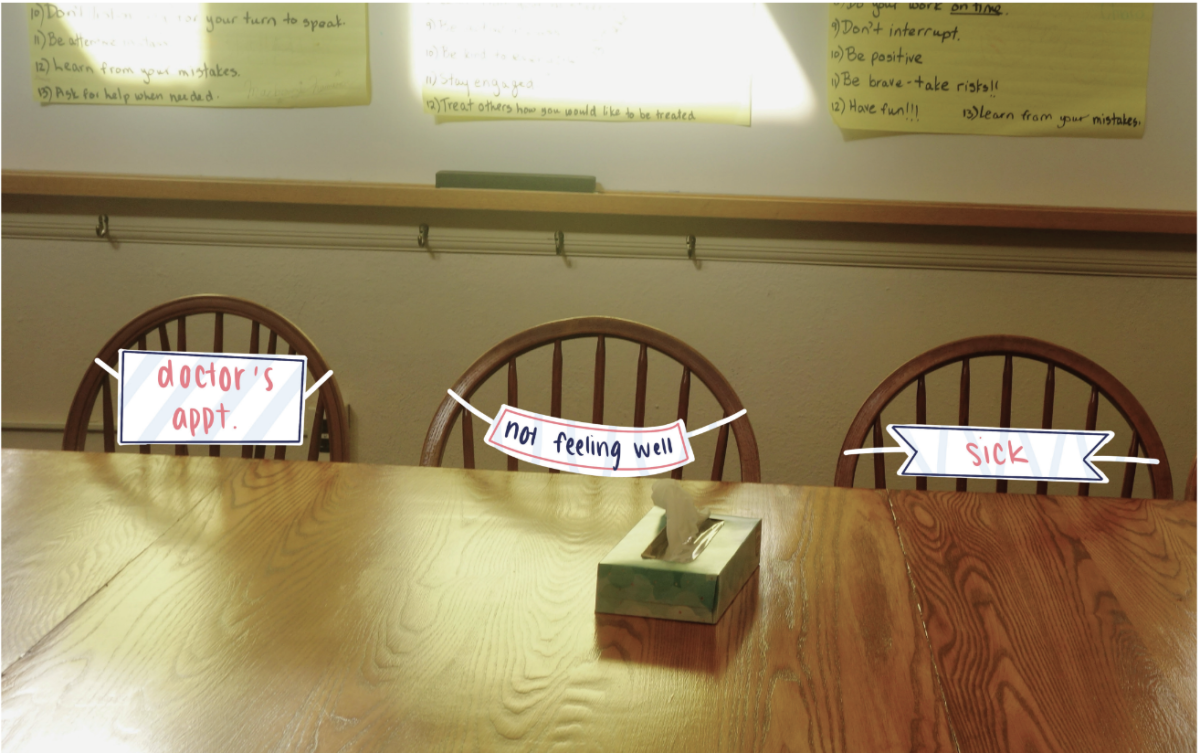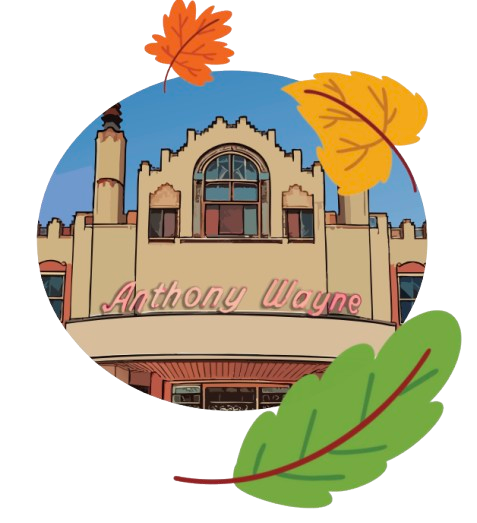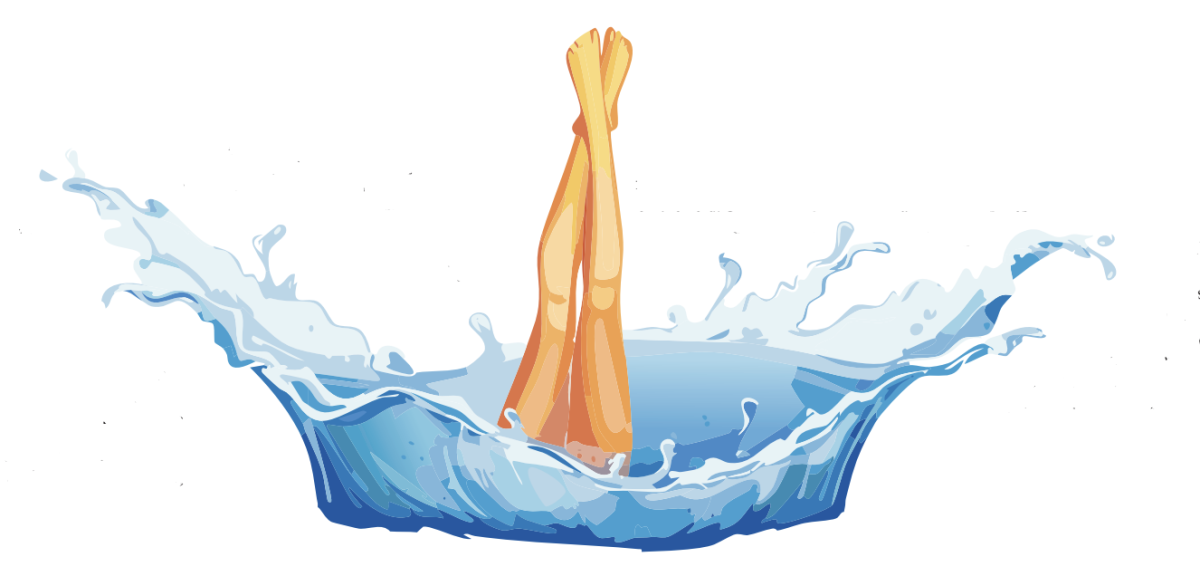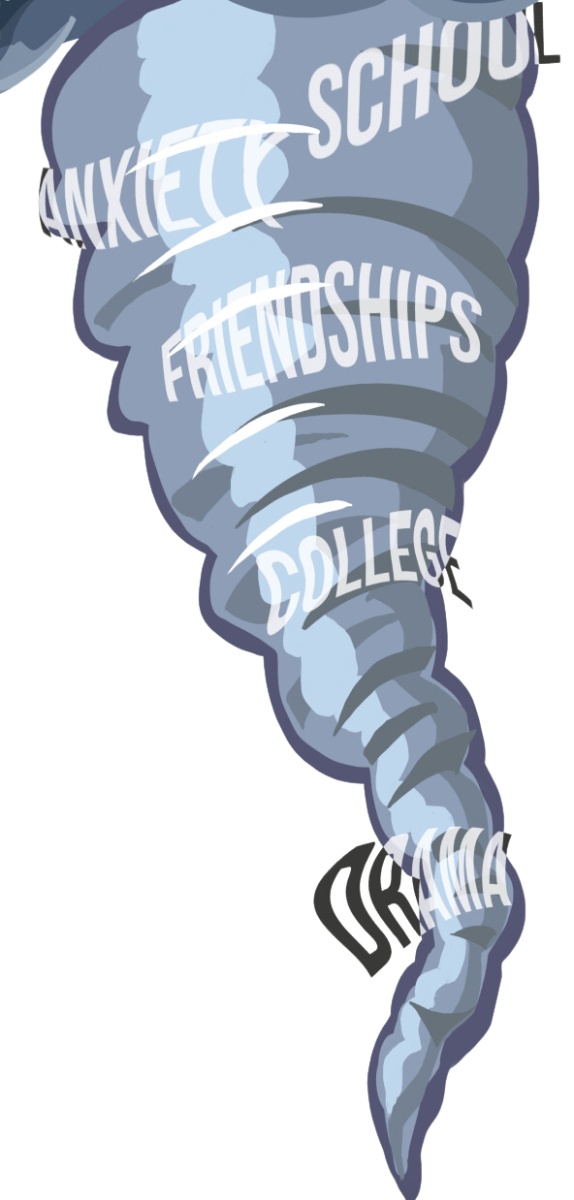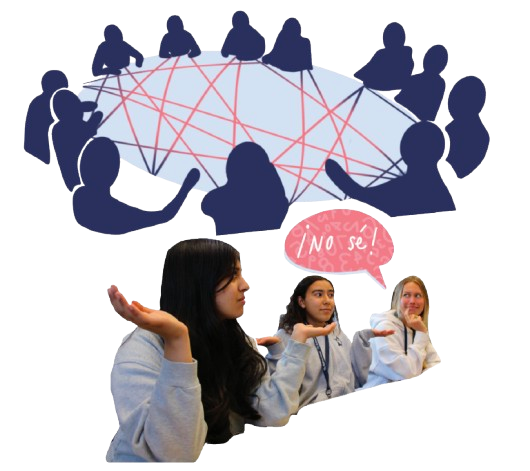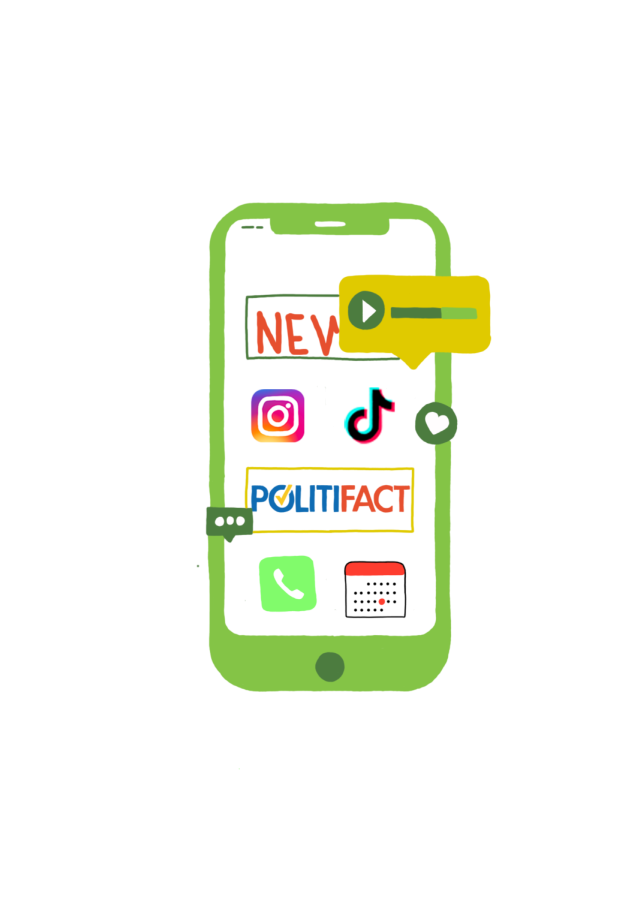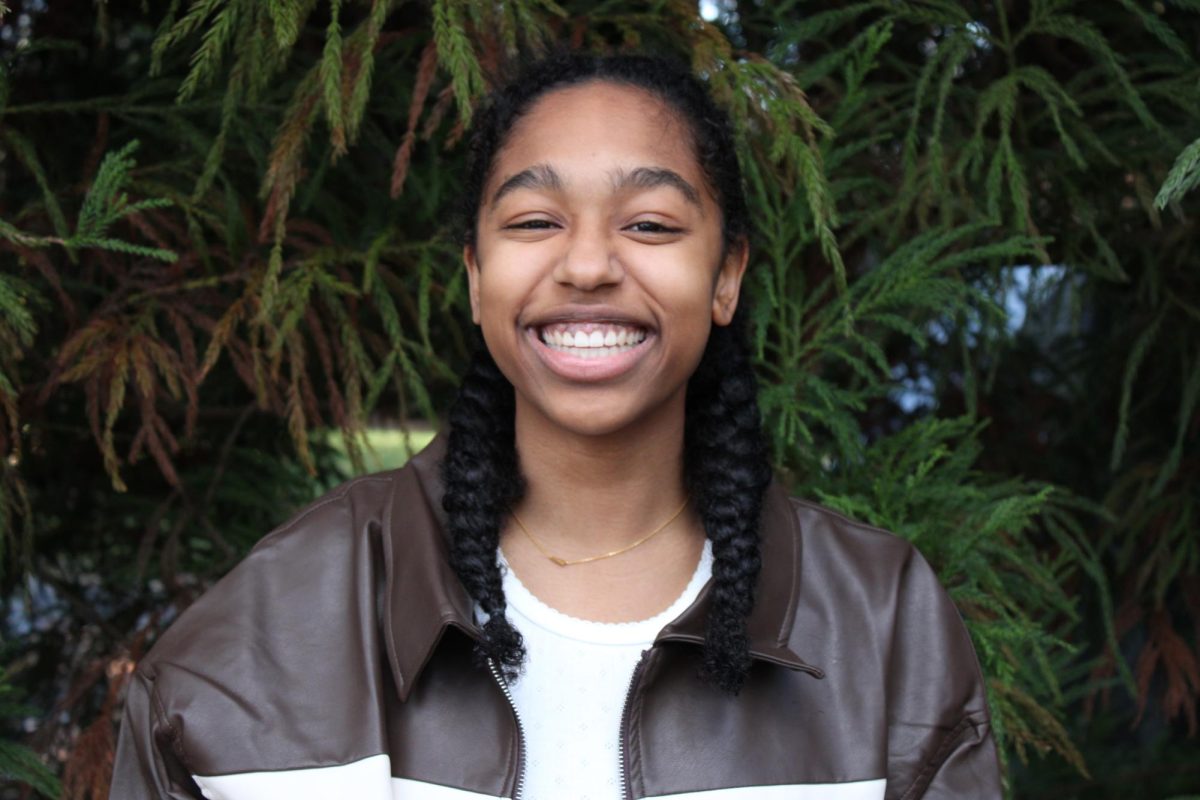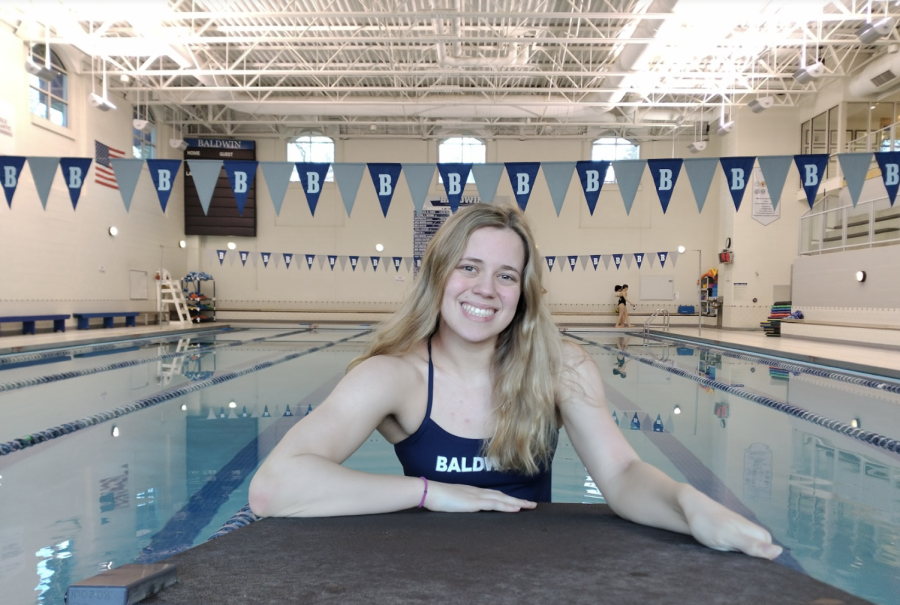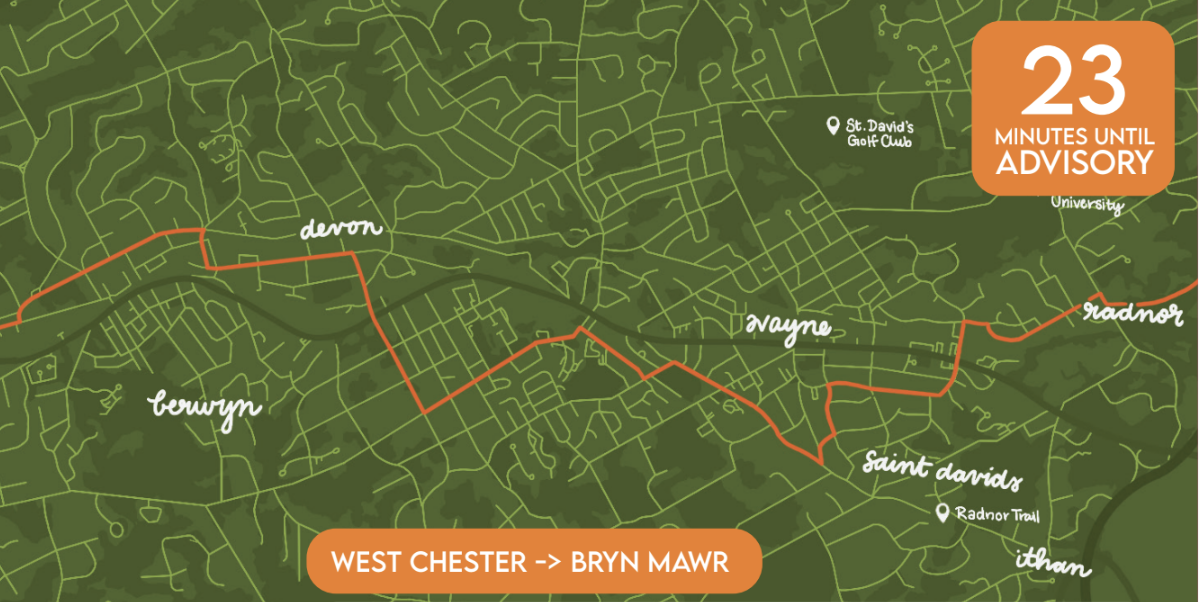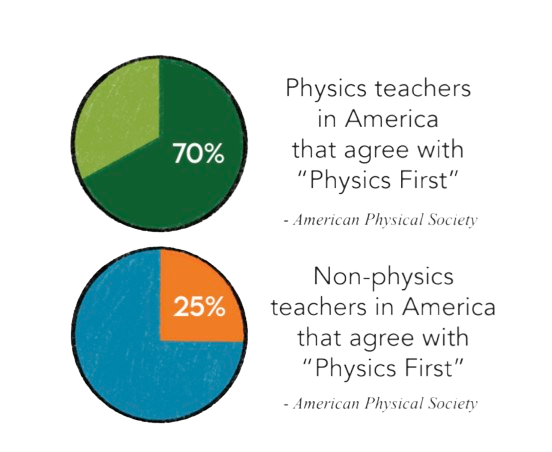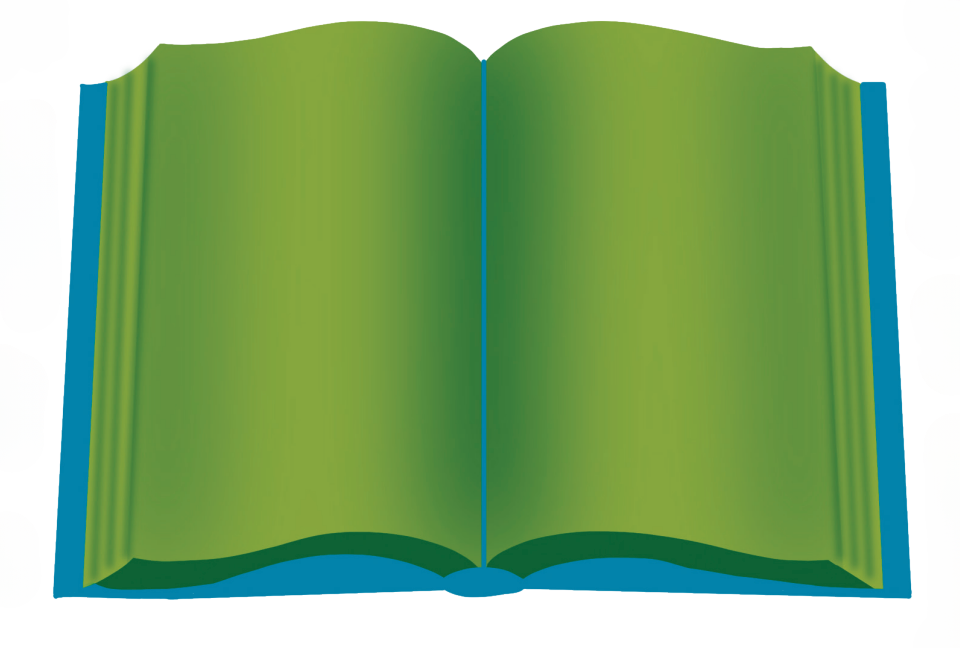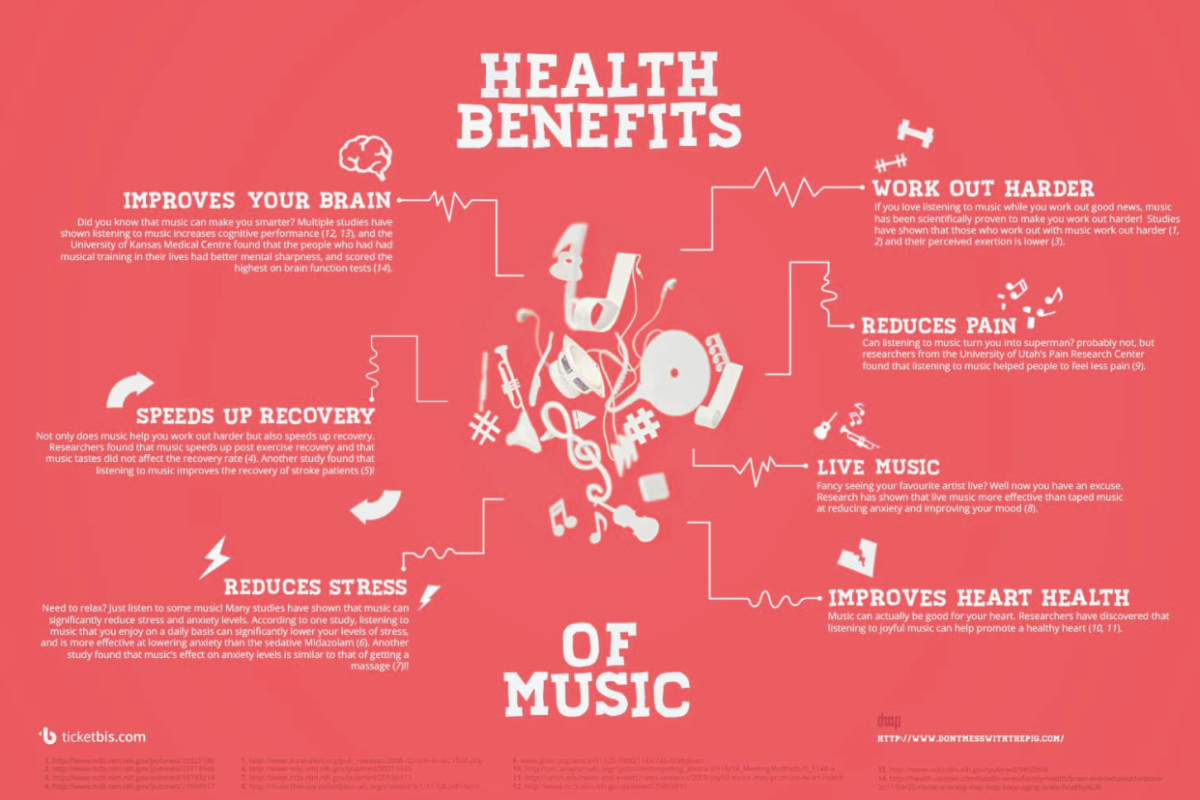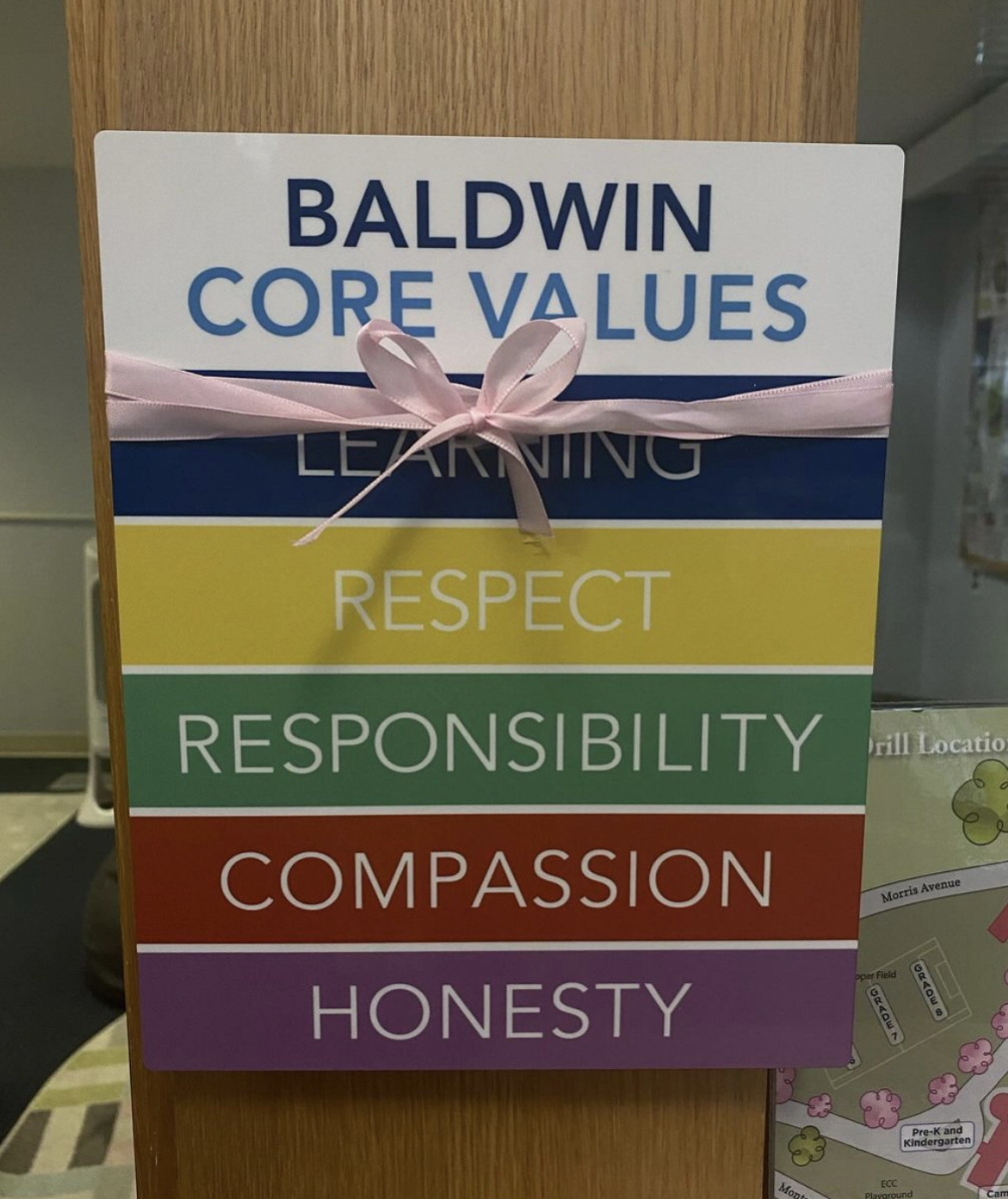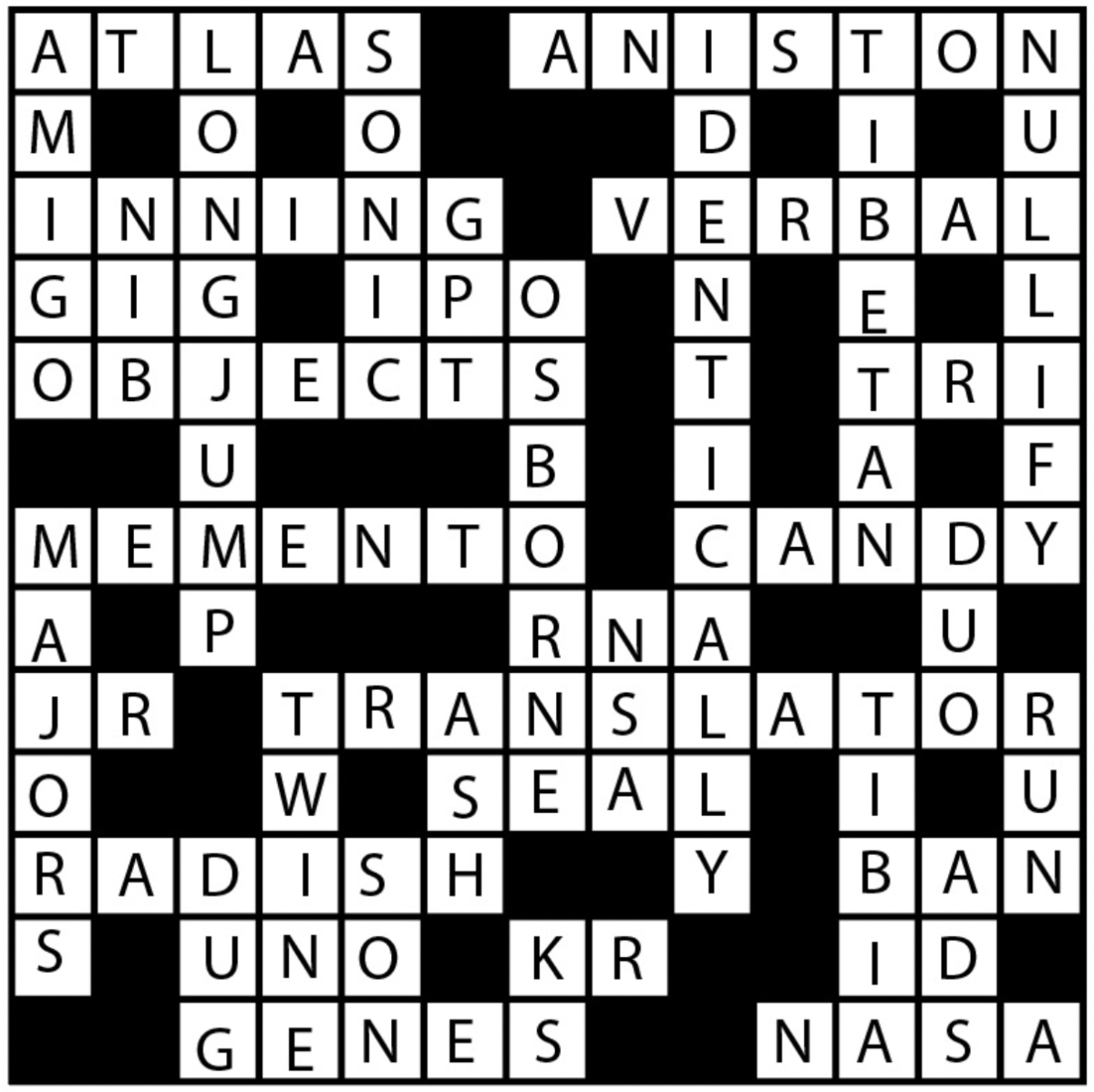During the week of October 21st, Hope McMahan from the Prevention Ed program taught Upper School students about the effects of substance use.
According to the 2023 National Survey on Drug Use and Health, six percent of 14 and 15-year-olds, thirteen percent of 16 and 17-year-olds, and thirty-one percent of 18 to 20-year-olds consume alcohol.
Since Baldwin upper schoolers fall into this range of ages, they are potentially at risk of exposure to drugs and alcohol. While McMahan stated that she could not tell students not to take drugs or alcohol, she wanted to educate students on the impacts of substance use.
So what should students take away from Prevention Ed?
McMahan started her talk by sharing her personal experience with substance use, one that set up the importance of the rest of her talk.
When McMahan first entered college, she was at the top of her class, on the dean’s list, and MVP of her basketball team. Yet once she turned to substance use, McMahan quit the basketball team, started to miss classes, began attending parties, and even drove under influence.
Following two misdemeanors of driving under influence (DUI) in a week, McMahan’s life changed drastically. She was expelled from school and sent to jail for six months. Although McMahan was constantly monitored and restricted after her jail time, she was fortunately accepted back into college to finish her education.
Later on, she struggled to find a job as a consequence of having a criminal history, but eventually settled on Prevention Ed – an impactful way to share her story and prevent other youths from following her path.
Throughout her talk, she covered types and effects of drugs, risk factors and protective strategies, and the vulnerability of the developing teen brain.
Types and effects of drugs. Firstly, drugs can take many shapes and forms– a little pack of gum, an innocent bar of chocolate, or gummy candies. But you all need to recognize their threatening side effects and impacts.
Cannabis, also known as marijuana or hemp, is a plant that produces compounds CBD (cannabidiol) and THC (tetrahydrocannabinol). CBD is found in cannabis that is used in medicine to treat chronic pain and anxiety, while THC is a psychoactive substance that changes the activity of your brain. CBD is completely harmless, whereas THC increases risk of heart attack, arrhythmia, and stroke. Additionally, research shows that THC is also correlated directly to the irreversible decrease of IQ points, mental health issues, and negative daily activity.
Another aspect is the transformative influence of alcohol that is very unknown. Although alcohol is considered common and legal, it is a drug that can be more dangerous than the notorious stimulants like cocaine or marijuana.
A comparison Hope used that really stuck with students was the comparison between the Alcohol Blood Volume (ABV) in each type of alcoholic drink. The ABV of 12 ounces of beer is equivalent to 5 ounces of wine and 1.5 ounces of liquor. Without acknowledging that the ABV is around 40%, a large number of people drink liquor ignorantly. People are also unaware that one little shot of liquor takes an hour for the liver to digest.
Risk factors and protective strategies. Since alcohol is extremely an addicting drug, there are risk factors like the environment, genetics, and time of exposure. Studies show that environments with attainable alcohol play a part in determining a person’s future alcoholic consumption. Additionally, alcohol gradually affects all parts of the human brain; especially when it reaches the medulla, which produces slurred speech, lower body temperature, and can induce comas.
Students can protect themselves by refusing to drink until they are 21, even when pressured by peers. Even if students find themselves exposed to substances, McMahan emphasized the importance of safety above all else – meaning students should never drive under influence, or let a friend drive under the influence.
The vulnerability of the developing teen brain. One more aspect about humans is that the prefrontal cortex, or the decision-making frontal lobe only fully matures at 21 years old. Before that age mark, everything humans do orbits around releases of dopamine, a hormone connected to happiness.
As McMahan personally experienced, when she consumed alcohol, her brain received pleasant messages. This was due to the process of alcohol activating reward pathways in the brain ten times more pleasurable than the normal dopamine release. Likewise, the brain believes that it’s good, leading to further desire for these activities.

